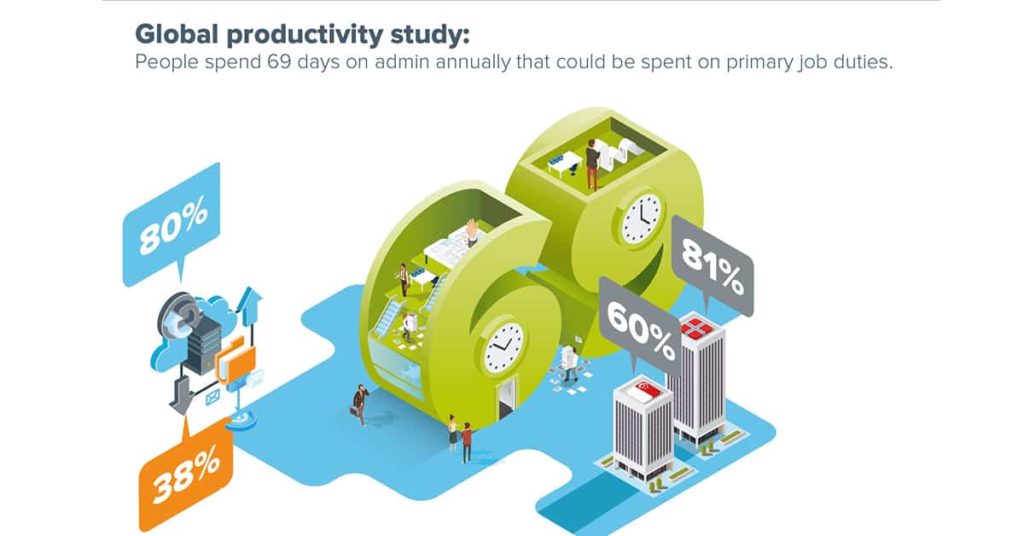Are employees that productive at work? The eight-hour workday isn’t based on how many hours a person can focus at a single time in the real world. Even though most people today work in information-intensive fields, this approach has its genesis in the Industrial Revolution, not in our current information-driven age.
Because factories “had to” function 24 hours a day, 7 days a week in the late 18th century, 10- to 16-hour workdays were common. Robert Owen, a Welsh campaigner, fought for shorter workdays as it became evident that such long hours were both painful and unsustainable. “Eight hours labour, eight hours recreation, eight hours rest.” became his catchphrase in 1817.
Ford Motor Company shocked the world in 1914 when it reduced the number of daily hours worked from 12 to 8 while also tripling the salaries of its workers. the outcome? A rise in output.
To put things in perspective, the eight-hour workday was first introduced as a means of making workers’ lives a little easier.
It’s time for another interruption in the workweek. The typical worker is only productive at work for two hours and fifty-three minutes of an eight-hour workday, according to research.
Employees are not as productive at work as it seems.
The Bureau of Labor Statistics estimates that the typical American spends 8.8 hours a day at work. In fact, a survey of over 2,000 full-time office employees found that most individuals aren’t really doing any work while they’re there.

The following were the most often cited nonproductive pursuits:
– 1 hour and 5 minutes of online news reading
– 44 minutes were spent on social networking sites.
– Chatting with coworkers for 40 minutes on non-work matters
– A 26-minute stint spent looking for new employment
– Taking 23 minutes’ worth of smoke breaks
– Make 18 minutes of phone calls to friends and family.
– How long does it take to brew some hot beverages?
– Instant chatting or texting—14 minutes
– An hour and a half of snacking
– Preparing lunch at work takes seven minutes.
This is fantastic news for those who work from home, such as freelancers. When you don’t have to go to an office, it’s easy to feel like you aren’t “doing” enough.
Research shows that even if you’re productive at work for only three hours a day, you’re producing the same amount as someone who works for eight hours in the office.
Think of the possibilities if we actually accepted this truth. As a result, workers could be more productive at work and able to concentrate more.
As companies look at these new findings, it’s normal for them to start looking for solutions. Either shortening the hours per day per employee or looking for alternative solutions.
Google outsources to be more productive at work
Google’s elite team of 89,000+ in-house workers does not always have all the answers. That is one of the reasons why they get contractors – a LOT of contractors. According to Bloomberg, Google’s contract workers exceeded its direct employees for the first time in 2018.
According to Google, they utilize temps, suppliers, and contractors for two key reasons. For starters, it enables them to hire individuals with knowledge that they do not have in-house. Second, it assists them in increasing productivity, lowering costs, covering work surges and parental leave for staff.
Google’s contractors enable the internet giant to maintain a high level of profitability year after year. Google’s advertising business, AdWords, for example, has a significant percentage of contractors. AdWords accounted for the lion’s portion of the company’s $110.8 billion in sales in 2017.
Kuubiik is the perfect solution for a company like Google, where they could outsource all its needs to. Looking for a professional marketer who won’t slack at work, a web developer who won’t ask for sick leaves, an admin who won’t spend the day waiting for you to give them tasks. It’s all about efficiency and profitability.




